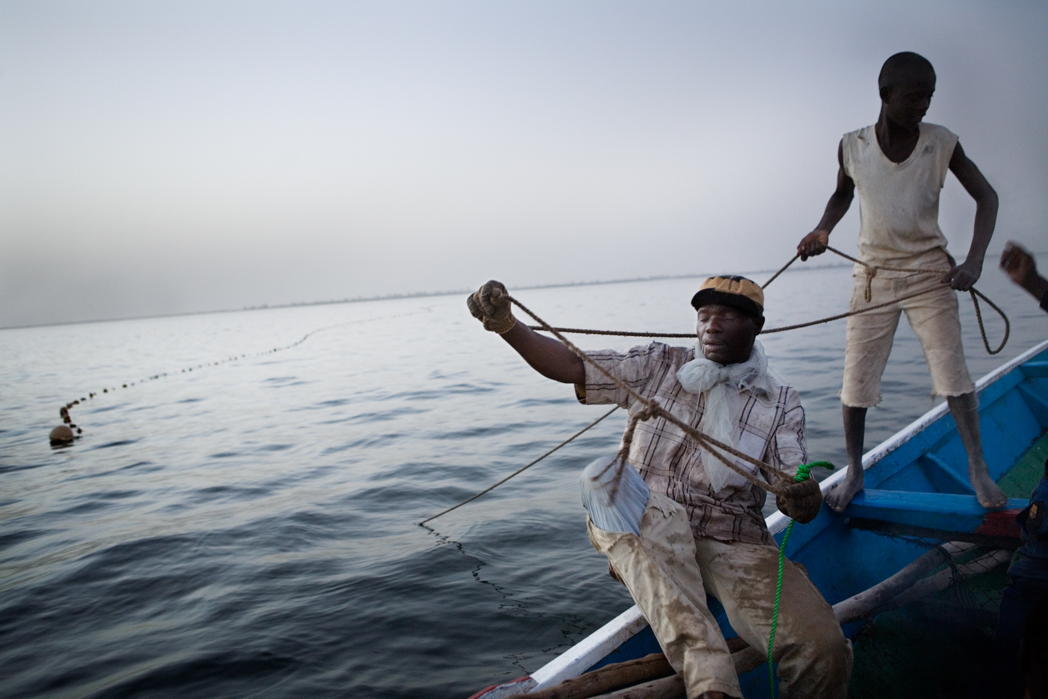Research has shown that it is impossible for almost all animal species to experience welfare in aquaculture [1]. Should we therefore focus on improving fish welfare in fisheries? It depends.
The fishing gear and methods vary greatly, depending first of all on the intended catch and, secondly, on the target species.
(mehr …)
